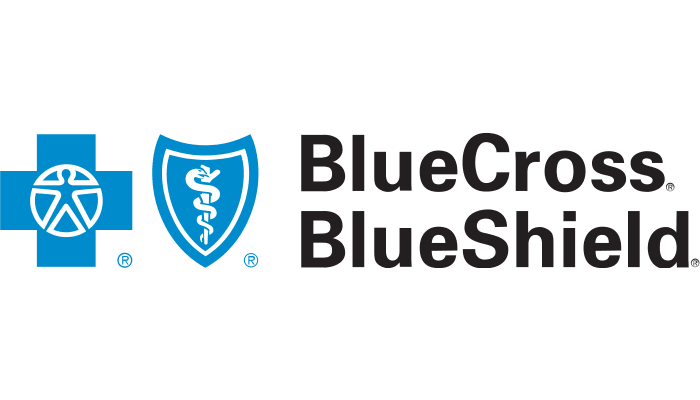Medicare Advantage plans are offered by Medicare-approved companies and generally bundle hospital (Part A) and medical (Part B) benefits, often with prescription (Part D) coverage included. Some of these plans cover things original Medicare doesn’t, like eye exams or fitness programs.
To help you compare 2023 Medicare Advantage plans, MoneyGeek identified the best insurance providers based on their quality ratings from Medicare among those widely available in the U.S. And because not every plan is available everywhere, and some plans only operate in one or a few states, MoneyGeek also rated the best plans in each state.







